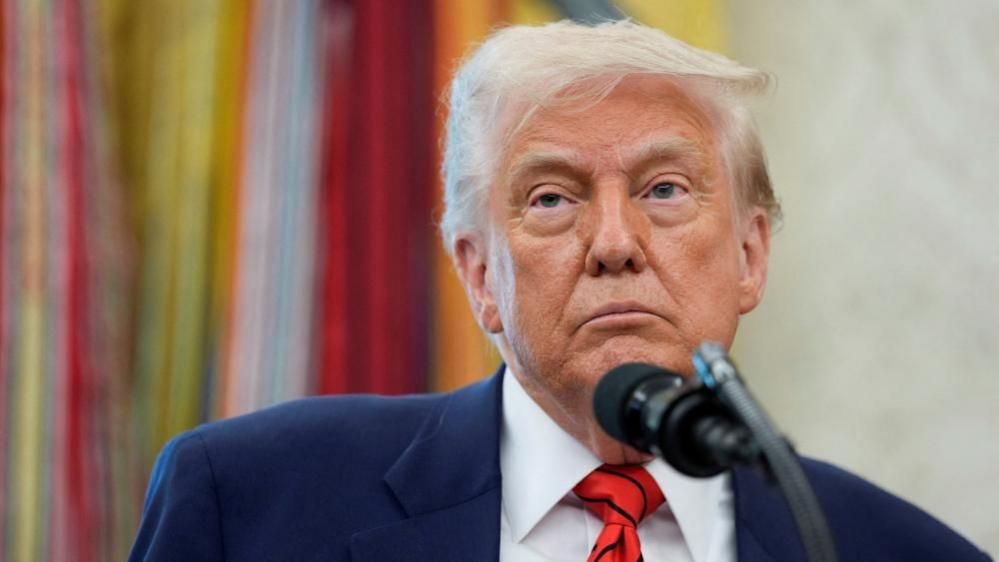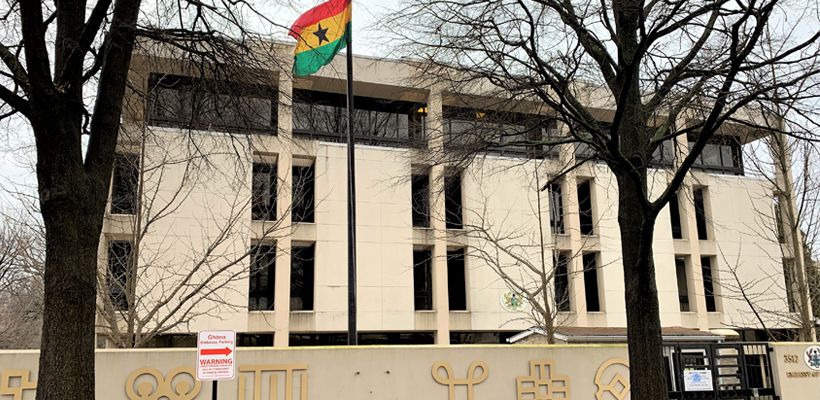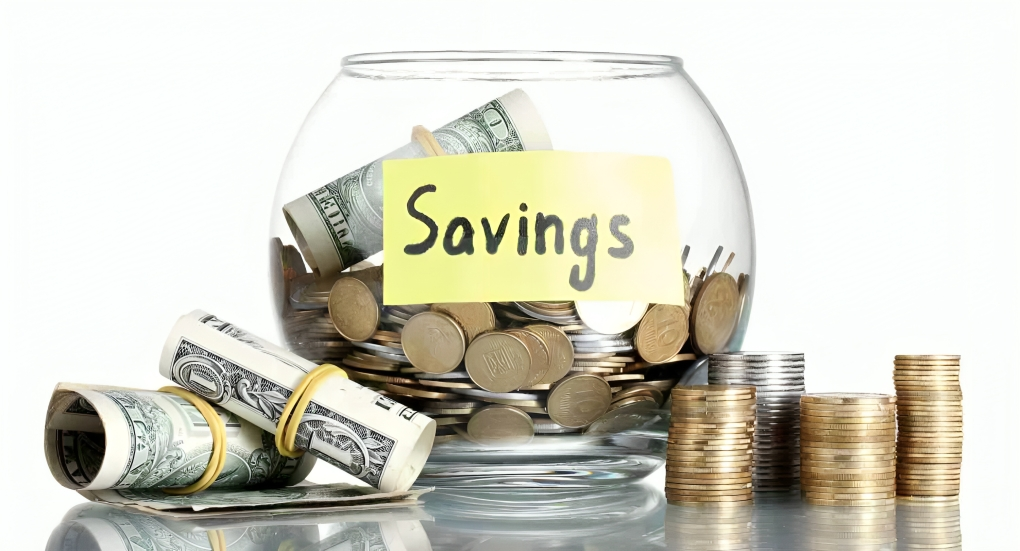
As expected, countries in the global north are leading in meeting the Sustainable Development Goals (SDGs) – a set of 17 global objectives adopted by the United Nations in 2015 – while the global south’s path remains tortuous.
To accelerate attainment of the Sustainable Development Goals in Ghana, UN Global Compact Network Ghana organised a Business Executives Dialogue in Accra on the theme ‘Financing Ghana’s sustainable future and strengthening private sector contribution to the VNR process’.
A financing roadmap drawn by the World Bank, United Nations Development Programme (UNDP) and other United Nations (UN) agencies in Ghana shows the need to raise about US$522billion in order to meet the Sustainable Development Goals (SDGs) by 2030.
An economist and Development Coordination Officer at the UN Resident Coordinator’s Office, Mr. Peter Aidoo, believes the country needs to raise about US$43billion annually before we can meet the 2030 SDGs.
However, Mr. Aidoo expressed worry about the quantum of illicit financial flows out of the country – stressing that when checked, those funds could help bridge the funding gap. Ghana alone between 2022 and 2011 lost US$14.39billion to illicit financial flows.
While commending government’s commitment to the IMF programme and reforms being implemented – including cancellation of the e-levy, the UN Economist underscored a pressing need to fix the financing gap.
Reaching the Sustainable Development Goals (SDGs) by 2030 will be a significant challenge for developing countries, primarily due to the large financial gap and other obstacles like debt crises, inequities and the impact of global crises.
Developing countries face a substantial annual shortfall of billions of dollars for SDG implementation, significantly impacting their ability to achieve the goals. While the SDGs have become a central aspect of development planning, how achievable are they under present conditions?
One of the primary challenges in achieving the SDGs is persistence of inequality within and between countries. Economic disparities, conflict, unequal access to education and healthcare, discrimination based on gender, race and socioeconomic status hinder progress toward many of the goals.
The post Editorial: Meeting Sustainable Development Goals (SDGs) by 2030? appeared first on The Business & Financial Times.
Read Full Story













Facebook
Twitter
Pinterest
Instagram
Google+
YouTube
LinkedIn
RSS